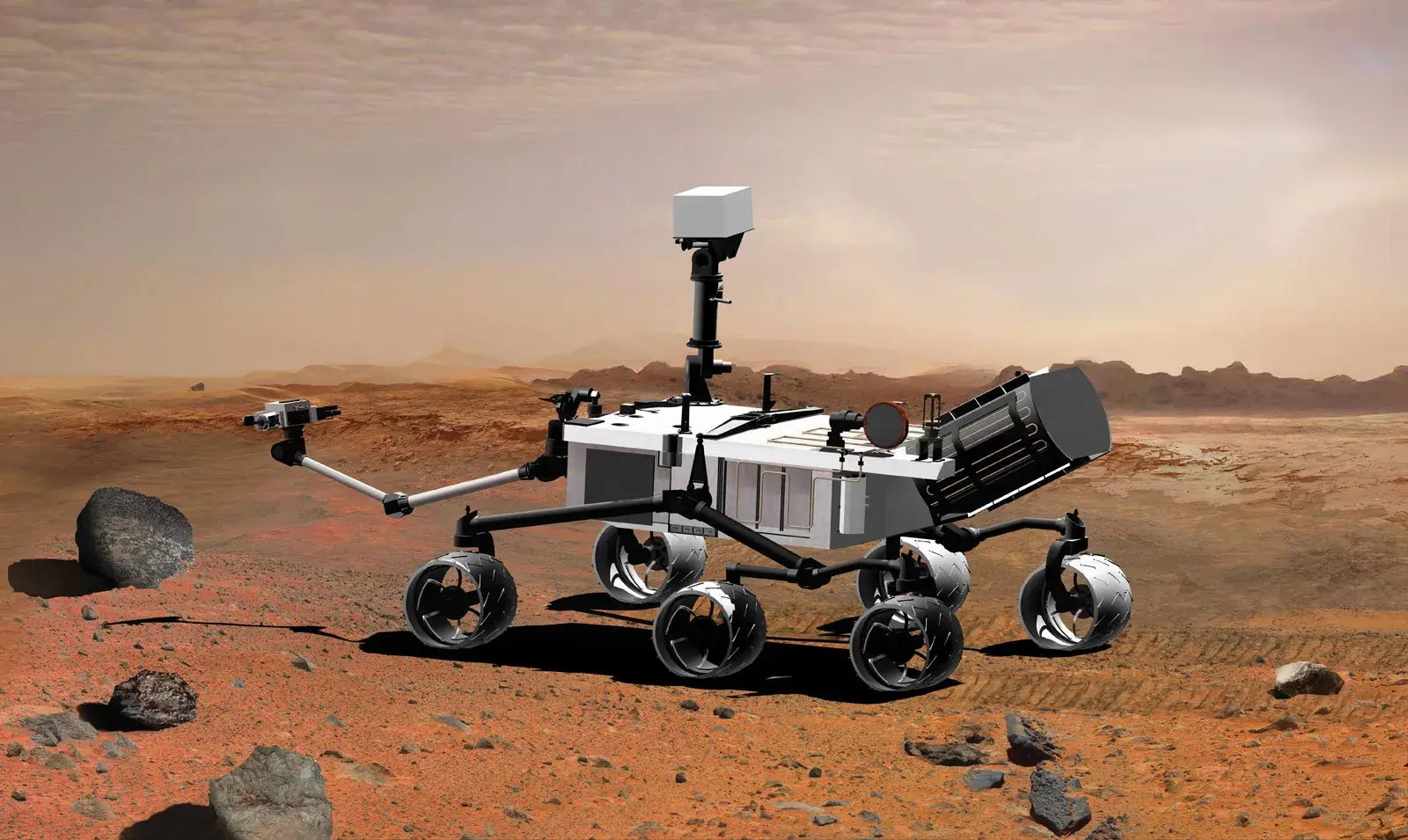The Curiosity rover has made a groundbreaking discovery on Mars, uncovering substantial evidence of ancient carbon, specifically in the form of the mineral siderite (iron carbonate), within the Gale Crater. This finding, detailed in a recent paper in Science, suggests that Mars once possessed a dynamic carbon cycle, a critical component for understanding the planet's past habitability and climate evolution.
For years, scientists have theorized that early Mars had a thick, carbon dioxide-rich atmosphere capable of supporting liquid water on its surface. The expectation was that the carbon dioxide and water would interact with Martian rocks, leading to the formation of abundant carbonate minerals. However, previous rover missions and satellite observations have found surprisingly little evidence of these carbonates, creating a puzzle for researchers.
The recent discovery by Curiosity offers a potential resolution to this mystery. By drilling several centimeters into the sulfate-rich rocky layers of Mount Sharp in the Gale Crater, the rover's Chemistry and Mineralogy (CheMin) instrument identified significant concentrations of siderite. This iron carbonate, formed from the precipitation of carbon from the Martian atmosphere, indicates that Mars did indeed have an active carbon cycle billions of years ago.
The implications of this discovery are far-reaching. Firstly, it provides in-situ evidence supporting the hypothesis that early Mars had a substantial carbon dioxide atmosphere, warm enough to allow liquid water to exist. The presence of liquid water is, of course, a key requirement for life as we know it.
Secondly, the discovery sheds light on the fate of Mars's ancient atmosphere. As Mars lost its atmosphere over time, the carbon dioxide it contained was transformed into rock form. The fact that these carbonates were found beneath the surface suggests that they may be masked by other minerals, explaining why they have been difficult to detect by orbital surveys. If other sulfate-rich layers across Mars also contain carbonates, the amount of stored carbon dioxide would still be a fraction of what was needed in the ancient atmosphere to create the conditions warm enough to support liquid water.
Moreover, the discovery suggests that the carbon cycle on Mars may have been more complex than previously thought. The carbonates have been partially destroyed by later processes, indicating that some of the carbon dioxide was later returned to the atmosphere, forming a carbon cycle. This hints at dynamic climatic shifts and the possibility of past habitable environments that were not uniformly distributed across the planet's surface.
The data was collected in 2022 and 2023 when the Curiosity rover made X-ray diffraction analyses of minerals from different parts of the crater floor. The remarkably pure crystalline siderite in three of the four drill holes bored by Curiosity, was mostly composed of iron and carbon trioxide, with trace amounts of magnesium, stunned the researchers.
While a direct retrieval of samples collected on Mars’ surface is significantly over budget and delayed, Curiosity is set to continue exploring the Martian surface to understand how the rocks there formed, and what it finds can be included in simulations of the planet’s ancient climate. The findings emphasize the importance of continued exploration and analysis of the Martian surface. Future missions, as well as further analysis of data from Curiosity and other rovers like Perseverance, could reveal even more about the planet's carbon cycle, its climate history, and its potential for past life.















